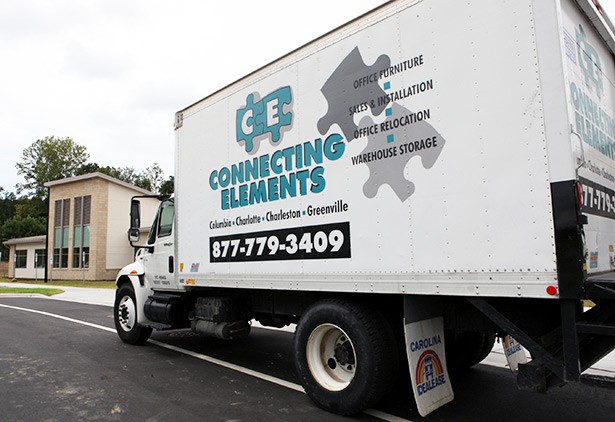The Unofficial Office Relocation Checklist
The Unofficial Office Relocation Checklist
Corporate relocation is a major undertaking, and orchestrating an office move is a daunting task. Proper planning is essential with so many factors to consider. Overlooking seemingly small details can turn a business relocation into a disaster, resulting in lost productivity, disgruntled employees, and frustrated customers.
Taking inventory, safeguarding sensitive documents, and figuring out how to organize your new office space requires experience, tenacity, and the right team. Office managers are already pressed for time and usually under tight budget constraints. Adding on the responsibility for a move is huge, and you can’t afford for something to go wrong.
This office moving checklist will give you guidance and some peace of mind if you’re not sure where to start.
6 common tasks you should have on your office relocation checklist
- Physical planning
- Inventory
Catalog everything in the office on an inventory log to make sure everything is accounted for. Divide the inventory log into categories such as “office supplies,” “office furniture,” and “technology.” If you’re a larger business, you might want to separate categories by departments as well.
- Adjacencies
Before moving into your new office space, you’ll want to determine which teams need to be located near each other and which departments need to be in place first to maintain quality group collaboration and maximize efficiency.
- Timeline
Prioritize tasks based on the time frame of your business relocation. Create a timeline to break these tasks down into manageable pieces. This includes figuring out what can be packed in advance and what needs to be packed last. Stick to the schedule to avoid becoming overwhelmed right before the move.
- Teams
- Internal management
Set up a moving committee to oversee the moving process and keep everyone on track. Give each manager ownership of a certain aspect of the relocation.
- General labor
Keep all employees in the loop, because a business relocation affects everyone in the company. Make sure every employee is aware of their role in the office move. For example, will employees pack their own cubicle or office?
- Subcontracted professionals
Relocation services are time sensitive. Movers, electricians, and IT professionals need to be contacted well in advance. Inform current service providers of the move, and contact new service providers to set up installation dates.
- Organizing and labeling
- Furniture
Label each piece of furniture so it all ends up in the right place in the new office. Make sure removable parts are properly packed and labeled to prevent items getting misplaced.
- Supplies
Equipment sometimes requires special preparation before being packed, such as draining liquids or dismantling large pieces. Boxes should be labeled with content, importance, and office location.
- Floor plan
Get a blueprint map or floor plan of the new office and label or number each area. Label furniture and boxes according to the same system, and give copies of the map to movers to help them put everything in the right place.
- Cleaning
- Take the time during the organizing and packing phase to thoroughly clean all of your office equipment. Moving is likely the only time this will get done, and clean items will make your new office feel immaculate.
- Equipment
- Special gear
To protect your furniture, equipment, and office spaces from nicks and dents, you’ll need moving blankets and floor protection. Make note of special equipment you’ll need such as computer carts, library carts, tape, straps, and dollies. You may need to contact relocation companies, such as glass movers for fragile pieces.
- Boxes versus crates
Cardboard boxes are affordable and easy to dispose of when you’re done–just break down and recycle. Plastic crates are more durable and easier to clean. Crates could be the better choice if you need to keep items in storage during or after the move.
- Transportation Needs
Review your inventory log and square footage to determine the quantity and sizes of moving trucks or vans that will be necessary to transport your stuff from point A to point B.
- Communication
Set up a communication plan to ensure that all parties who will be impacted by the relocation receive pertinent information.
- Clients
Customers should be updated about the new location, contact information that may change due to the move, and anything else that will affect them, such as order processing.
- Neighbors
Neighboring businesses–both at your current and new locations–should be informed of the relocation in case your moving trucks block their entrances, loading zones, or parking spaces.


